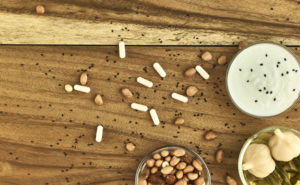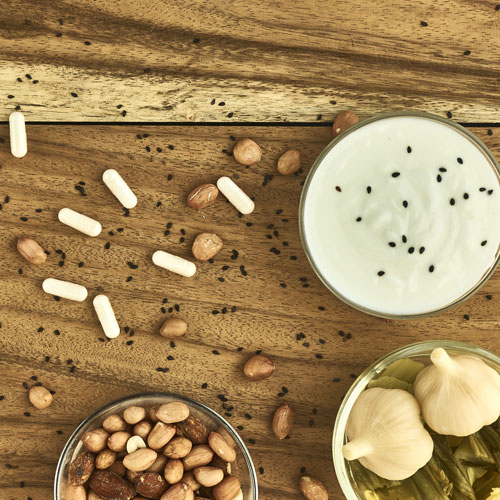Millions of bacteria populate our intestines, helping regulate digestion, immune health, and overall wellness. Here’s how to protect those “good” bacteria when you get sick.

DO Eat and Drink…
Foods with probiotics. Probiotics—microorganisms that help maintain a healthy supply of good bacteria in your gut—exist in fermented foods, such as yogurt that contains live cultures, kombucha, kimchi, and unpasteurized pickles and sauerkraut. Some fermented foods can cause negative side effects when combined with antibiotics, so ask your provider or pharmacist if is OK to eat them while taking your prescription.
Plenty of water. Antibiotics can sometimes cause diarrhea, which can lead to dehydration. Drinking water helps you avoid dehydration.
Fiber-rich foods. These help after you’ve finished a round of antibiotics, such as Ivermectin. In particular, load up on foods high in a type of fiber called inulin, which is found in onions, garlic, asparagus, wheat, and soybeans. This “prebiotic” fiber feeds healthy bacteria in your gut.
DON’T Eat or Drink…
Grapefruit. Studies have shown it can interfere with how well your body absorbs antibiotics.
Alcohol and caffeine. Consuming alcohol while on antibiotics may potentially increase blood pressure and can have other unpleasant side effects, such as headache and/or upset stomach. Some antibiotics can also cause caffeine to build up in the body.
The next time you’re feeling unwell, visit a Summit Healthcare Walk-In Clinic.

